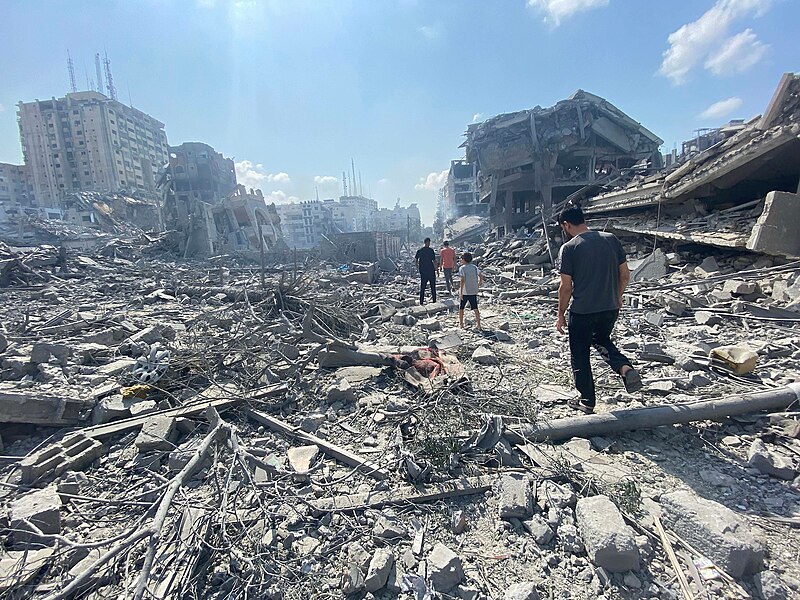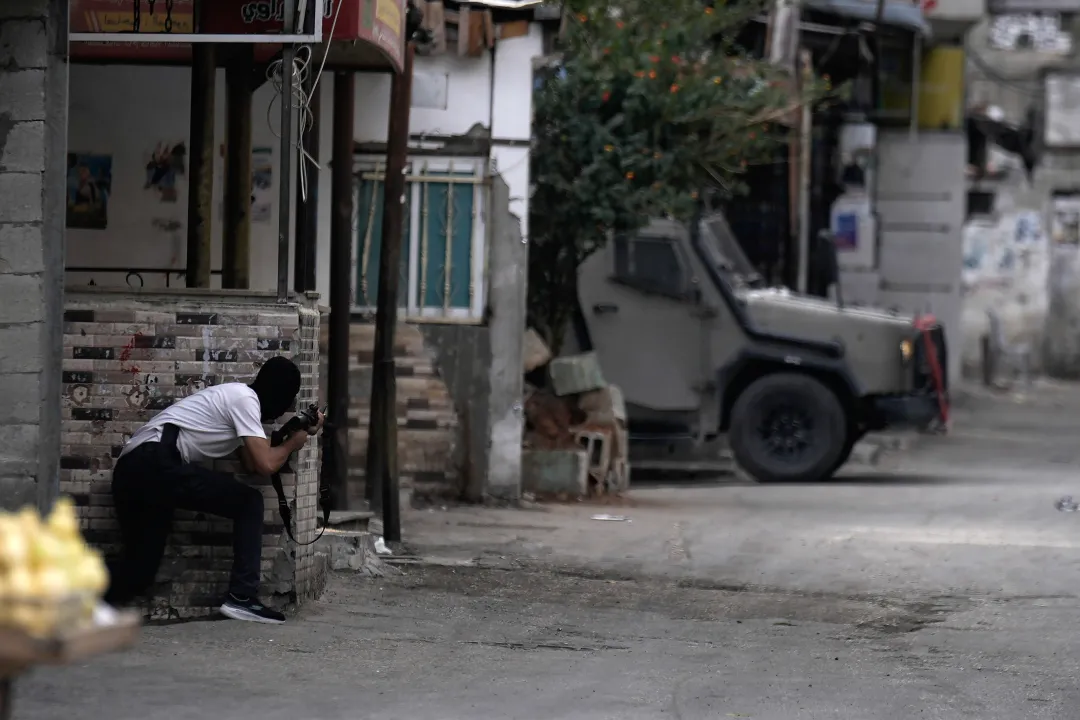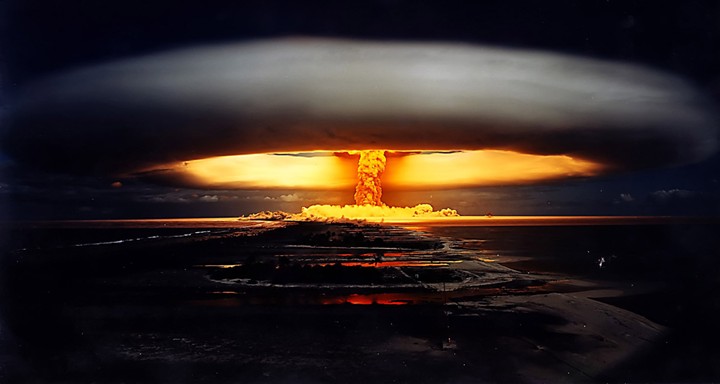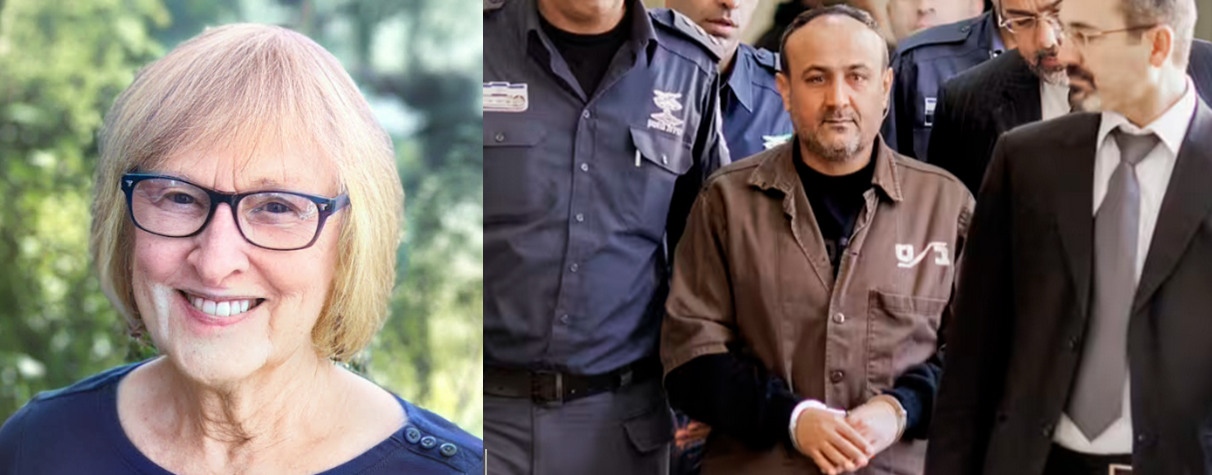by David Borris and Jack Lawlor
August 5, 2024
Within four months after the atomic bomb attacks against Hiroshima and Nagasaki, 31 year old war correspondent John Hersey went to Hiroshima, interviewed survivors, and wrote a series of stunning articles for The New Yorker we know today as his book, Hiroshima. The book does not treat this first use of atomic weapons as abstraction, instead, it personalizes the nature of the resulting individual suffering to six survivors caused by the attack in ways left unexplored in the recent movie, Oppenheimer.
For many years, Hiroshima became mandatory summer reading on some high school summer book lists. I remember reading it in the hot summer sun of a golf caddy yard, moved deeply by the descriptions of severe burns, mysterious persistent radiation sickness, and efforts to rebuild life in the rubble of an irradiated city. The book moved me to question my complete pro-American bias and inquire about how to protect humanity and the earth.
The commemoration of the Hiroshima and Nagasaki atomic attacks are more relevant than ever, because we may not have learned all that we can from them. President Putin of Russia has been threatening to use tactical nuclear weapons against Ukraine, a step which could lead to unforeseeable consequences. He is already using hypersonic weaponry against Ukraine, another unprecedented escalation.
What can we as citizens do to protect ourselves, our descendants, the earth? We need to join hands and make international discussion of this issue much more of a top priority.
I wish we could say there is an arc of progress in efforts to regulate nuclear arms. But the arc is going in the wrong direction:
1. For all practical purposes, there are no longer effective arms control treaties in effect between the US and Russia. They have expired or are expiring.
2. There are now at least nine countries with nuclear weapons, stockpiling more than 13,000 weapons.
3. The US budget allocates 22.4 billion, yes billion, annually for nuclear weapons and is in the midst of a massive modernization program encountering large cost overruns. The land-based Sentinel nuclear missile program, which maintains hidden-in-plain site underground silos in a handful of Plains states, just reported a 37 percent and growing cost overrun. The US Defense Department just gave the green light for moving forward, nonetheless.
4. There have been UN resolutions like the Treaty for the Prohibition of Nuclear Weapons (TPNW) pledging member countries to forego first use of nuclear weapons. This is an admirable effort, but its legal effectiveness is questionable and the nine nations who possess nuclear weapons either haven’t signed or privately feel free to violate the treaty.
5. US peace and justice groups have been pushing hard for the US to forego first use of nuclear weapons. Senator Markley of Massachusetts and US Representative Ted Lieu, among others, have been leading the efforts, but the legislative resolutions stall in a toxically divided Congress pre-occupied with elections and culture wars.
6. The peace and justice groups’ efforts have tried to regulate, for the first time, a US president’s authority to authorize a nuclear attack. Apart from verifying that the order to launch comes from the President, US protocols do not require discussion or review of the order to attack by any other US official. This is remarkably dangerous should an autocratic or unstable individual occupy the Oval Office.
What can we do?
We cannot assume the US public is very familiar with much of this, and thus should begin a dialogue that uses plain language to demonstrate the need to avoid future Hiroshimas. We encourage people to:
A. learn more about the situation, using resources such as Arms Control Today magazine and The Quincy Institute for Responsible Statecraft ;
B. attend the many webinars on this subject led by experts in the field and offered by organizations like Back From the Brink and The Union of Concerned Scientists and a variety of US peace and justice groups;
C. Above all, join with other people in your community through groups such as Chicago Area Peace Action. You’ll learn a lot from others and they will appreciate your insights and talents. Seasoned groups know how to work with elected officials and their staff members, elevating the effectiveness of your efforts enormously.
At the conclusion of his excellent book, Hiroshima Nagasaki, author Paul Ham points out the irony of how accelerating weapons technology has exceeded human capacity to control it. In doing so he cites two of the people involved in the drama behind the recent movie, Oppenheimer.
First, he paraphrases Albert Einstein for the insight that “The splitting of the atom changed everything save our modes of thinking, and thus we drift toward unparalleled catastrophe.” Then, he turns to an insight from the often taciturn President Truman: “The human animal and his emotions change not much from age to age. He must change now or he faces absolute and complete destruction and then maybe the insect age or an atmosphere-less planet will succeed him.”
Let’s ponder this with the curiosity of a young John Hersey and work together to prevent another Hiroshima.
David Borris is the most recent past president of Chicago Area Peace Action. Jack Lawlor works with CAPA’s Foreign Policy Working Group and with the Buddhist Peace Fellowship.









